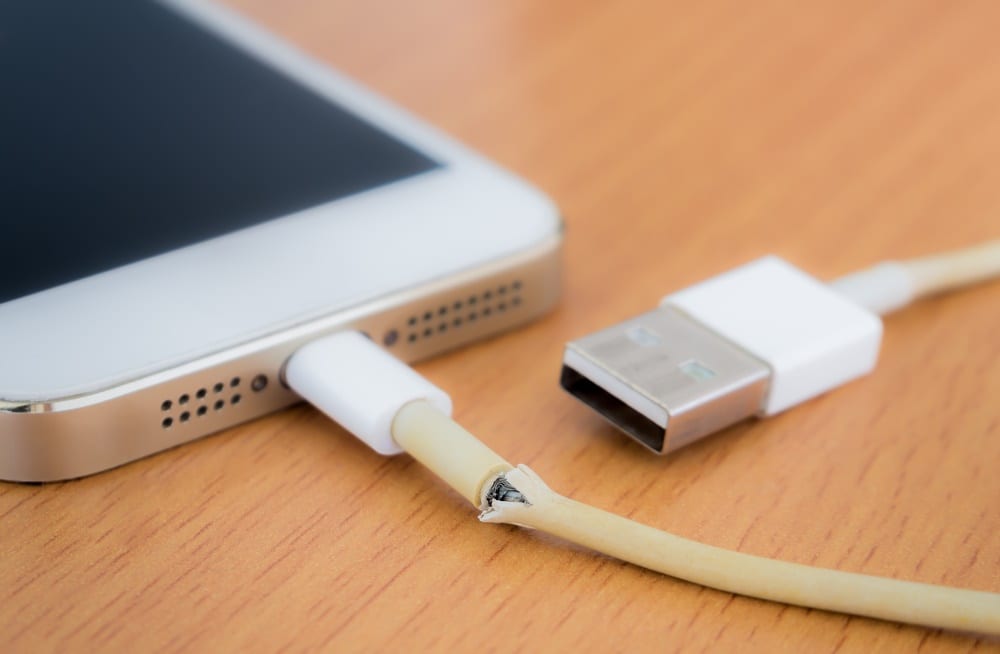4 Core Challenges of Small Electronics Fulfillment
From smartphones and portable speakers to activity trackers and equipment accessories, there's no question that we love our devices. Small electronics fulfillment is a category that has expanded rapidly since the advent of the iPhone, as more and more devices on the market spark new accessories and innovative add-ons.
The sector is a challenging one for brands and fulfillment providers alike. The dynamic nature of the small electronics market makes for numerous product segments and sub-categories, not all of which are guaranteed to last for long.
While this diversity and dynamism make for a lucrative and exciting market to be a part of, there are some specific challenges that supply chain managers must consider.

4 Challenges of Small Electronics Fulfillment
As with any product category, small electronics has its own distinct fulfillment challenges. The size and weight of the products make for more affordable transportation and storage, but also raise concerns about managing inventory, returns, and theft.
New technology also plays a part in this challenging landscape. For example, MP3 players were all the rage for a few years before smartphones took over, with all kinds of accessories springing up to accompany this success. Streaming music and phone storage quickly combined to supplant these devices, leaving a segment of small electronics product managers to adapt their offerings and shift any remaining inventory related to the stagnating category.
With this ever-changing landscape in mind, here are four challenges that are especially important to consider for fulfillment in this sector.
SKU Management
Variety is essential in the small electronics segment. Merchandisers use a wide variety of products and accessories to distinguish their devices from competitors and branch out into untapped markets. While consumers appreciate this choice to some extent, it creates additional challenges for supply chain managers.
On the operational side, more choice usually means greater cost and complexity.
From managing different materials and suppliers to getting the right items in the right place to satisfy regional demand, even a little product diversity requires a lot of planning. Add in the potential to use more varied source materials, different packaging requirements, more suppliers, varied inbound order levels across SKUs, and that extra choice can soon add up to a major headache for the fulfillment team.
At the same time, brand managers might find it much more difficult to make informed decisions about how much product to bring in, which SKUs to push harder, and which they need to take out of production.
Then there's the sheer speed of technological development, which means that new devices appear on the market every year. This gives existing products and accessories a limited shelf life, making it even more difficult to make accurate decisions about product quantities, where to store them and for how long, and which SKUs will make it into the next product cycle.
This constant state of technological flux brings us to the next small electronics fulfillment challenge...
Inventory Turnover
The negative impact of holding inventory cannot be overstated. Buying too much of a product incurs extra storage costs, which are only made worse if that item fails to sell.
To minimize these risks, small electronics brands must stay far ahead of new trends and have the ability to forecast demand as accurately as possible. Past performance can offer some insight into future demand, but technology moves so quickly that even last year's sales are of limited use.
In this scenario, real-time visibility of stock levels and current orders is vital. Merchandisers must be able to see exactly what's happening in the warehouse and around their stores to make data-driven decisions about new orders and clearance sales. Close coordination with an experienced fulfillment partner helps to reduce the risks of building up high levels of inventory.
You can read more here about techniques to reduce inventory holding costs.
Security & Theft
In 2016, 11 million people had packages stolen from their doorstep. More than half of Americans say they experience anxiety that a product will be taken in the time between delivery and when they return home.
We've discussed so-called "porch pirates" in the past. Even Hulk Hogan has been a victim of this growing doorstep threat! The insurance burden and customer service ramifications alone make this a threat that all e-commerce retailers must prepare for before starting to ship any goods.
Small electronics play a primary role in this type of theft. The item value is often high and the package is small enough to carry off without attracting too much attention. Tracking and delivery scheduling can help to close the window of opportunity for would-be thieves, but there will always be gaps they can exploit, as this short video clip shows.
Greater efficiency and new technology could help to reduce this risk in future. As windows get shorter thanks to services that offer same-day delivery and gadgets like drones, robots, and self-driving vehicles gain momentum, it seems logical that on-demand delivery will follow shortly after. Until then, alternatives such as in-store pickup, workplace delivery, and pick up at a third-party location like a 7-11 or transport hub will have to suffice.
Of course, theft concerns also extend to storage and transportation security prior to final delivery. Most fulfillment partners and warehouse operators will work with clients to ensure the appropriate level of security is in place, but it remains a crucial element of small electronics fulfillment.
Defective Goods & Returns
Returns management is an important part of any fulfillment process. With small electronics and the related accessories, the combination of sensitive equipment and easy-to-ship size makes it an especially fertile category for returned products.
Furthermore, this product category offers a wider range of reasons than most for items being sent back. This requires extra planning for different return types.
Defective goods alone will cover a broad spectrum of items. From those that have minor surface damage that can be easily removed to devices that are beyond repair, small electronics fulfillment demands more detailed assessment of returned items than many other categories.

Some products will not be broken but customers might not understand how to operate them. In certain cases, this could result in incorrectly managed returns if the item is sent back as defective but not checked upon arrival. Refurbished electronics also open up a secondary tier for returns, which may not be handled in the same way as if the item was sold new.
All of these elements can be managed effectively when the risks are calculated and systems are set up to manage areas of high concern.
Small electronics fulfillment holds its own specific challenges. With the appropriate mix of planning and communication with key service providers, your brand will keep costs down, inventory moving, and ensure customers are happy with what you offer.